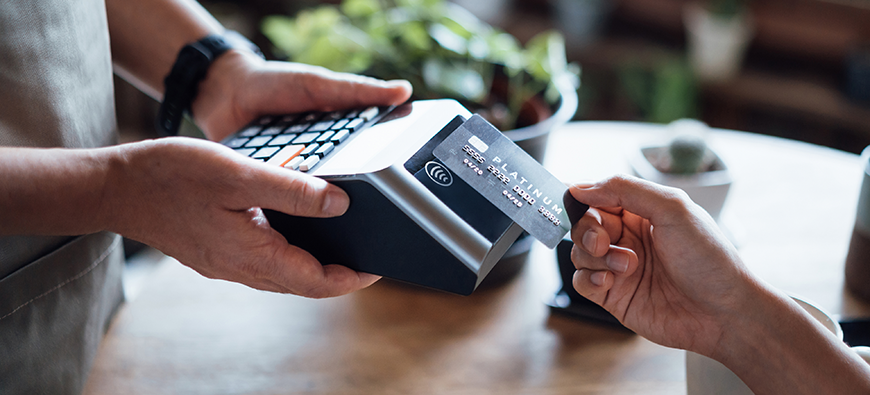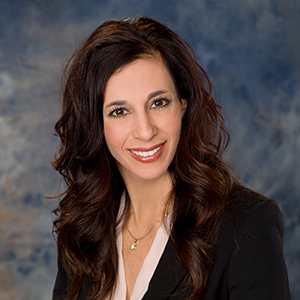
The Untapped Market Hiding in Consumer Bank Accounts
Brought to you by Segmint, Inc.

Banks are sitting on an untapped opportunity to increase revenue and deepen relationships hidden within the data running through their ecosystem. It’s the small or micro businesses operating out of customers’ personal accounts – not through business accounts.
These small and micro businesses have a significant impact on the economy. According to the Small Business Administration, there are 31.7 million small and medium businesses; 81% have no paid employees. Additionally, there are 41.1 million self-employed workers, according to MBO Partners, redefining the needs for small business banking. According to a 2021 survey by gig economy platform Upwork, 59 million Americans performed freelance work in 2021 and contributed $1.3 trillion in annual earnings to the U.S. economy.
The scope of this untapped opportunity may surprise bankers, especially those without robust data analysis services. It impacts banks of all sizes. According to data pulled from transactions of two financial institutions by Segmint and recently presented at the Experience FinXTech Conference, 26% of U.S. consumer deposit accounts have ongoing business transactions and payments.
The research methodology involved examined data from a number of banks ranging from $600 million in assets to $15 billion. Here’s a snapshot of the findings at two community banks:
The $15 billion bank:
u2022 520,603 total customers
u2022 51,842 business accounts
u2022 136,476 consumer accounts with ongoing business transactions
That’s 2.6 times more “hidden” business accounts than actual business accounts.
The $600 million bank:
u2022 18,431 total customers
u2022 1,659 business accounts
u2022 5,625 consumer accounts with ongoing business transactions
That’s 3.4 times more “hidden” business accounts than actual business accounts.
These numbers represent an opportunity for banks to gain revenue by converting consumer accounts to business accounts and processing their transactions. It can also serve to deepen relationships with those customers, increasing product utilization and brand loyalty. But how do banks identify those accounts?
Robust data analysis of account holder activity is the best – if not only – way to identify small and micro businesses operating out of consumer accounts. Financial institutions are flooded with transaction data, the richest kind of data that can produce insights to target these consumers.
Merchant payment cleansing
Merchant payment cleansing is a critical tool to help banks better understand customer transaction behavior and model spend patterns. It is nearly impossible to indentify merchants in transactions without merchant payment cleansing translating the cryptic merchant name on the transaction description to the actual company name. For example, “JDF Revolving” on a transaction translates to John Deere Financing, categorized as business equipment lease financing. “VSA PUR ETI Financial Corp” is actually Honor Capital, which provides business financing services. Without merchant payment cleansing, banks won’t have that important information.
An FI can leverage this clean, categorized and tagged data to evaluate a more organized and select audience. The right partner should offer the bank a robust taxonomy and execute at tremendous speed and scale – all while protecting the privacy and security of account holder data. Knowing the actual merchant names and type of business allows a bank’s data analysis to dig deeper into things like:
Spending With Competitors
Some identifiers of business spend with a competitor include:
- Competitive loans for business and business insurance
- Competitive equipment financing
- Competitive invoice factoring
- Competitive merchant services
In our analysis, the total of competitively processed deposits came in at more than $8.6 billion, representing 70% consumer and 30% business accounts. Competitors included Venmo, Cash App, Zelle, Ally Bank, Apple Cash, WorldPay, Square, Intuit Payment Solutions and more.
Business Customer Receipts
Transactions with business-type receipts are also indicative of businesses operating out of consumer accounts. These can include:
- Uber freight income
- “Vendor to” transactions
- “Supplier to” transactions
- com marketplace recipients
Business Expenditures
The companies below are widely known, but they could have cryptic transaction descriptions that leave banks wondering. However, they’re easily identifiable after merchant payment cleansing.
- Facebook advertising
- Intuit Quickbooks
- Etsy sellers fee
- Shopify
- Amazon Web Services
- Calendly
- Canva
- HubSpot
- Salesforce
- Constant Contact
For more unknown brands, merchant payment cleansing becomes even more critical.
Banks can use these insights on transactions to deliver unique, personalized engagements with their customers and make data-backed decisions. With it, banks can:
- Identify how big of an opportunity small business accounts are for them.
- Decide if they should invest in small business loan origination service or payment technology.
- Invest in group buying opportunities.
- Develop integrations with platforms like Quickbooks, Shopify, Etsy and others.
- Organize small business workshops around certain vendors to support your small business banking products
By targeting the right bank customers with products like business loans, business checking, equipment loans, and merchant services like remote deposit capture and payment processing to customers, banks can increase revenue, reduce competitive business spend and deepen relationships with their customers.


